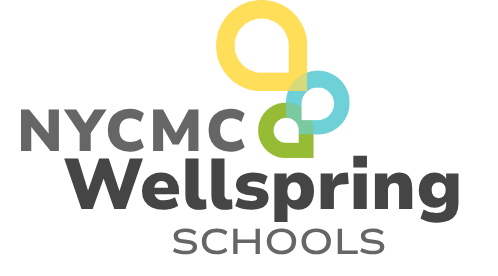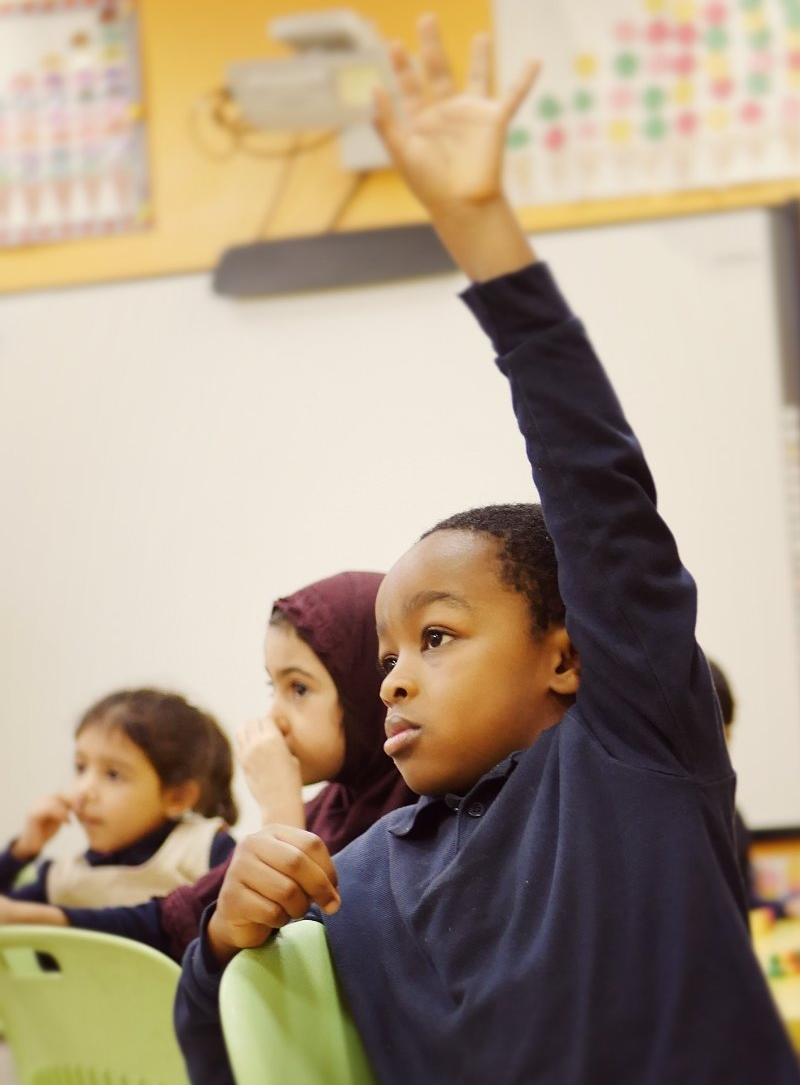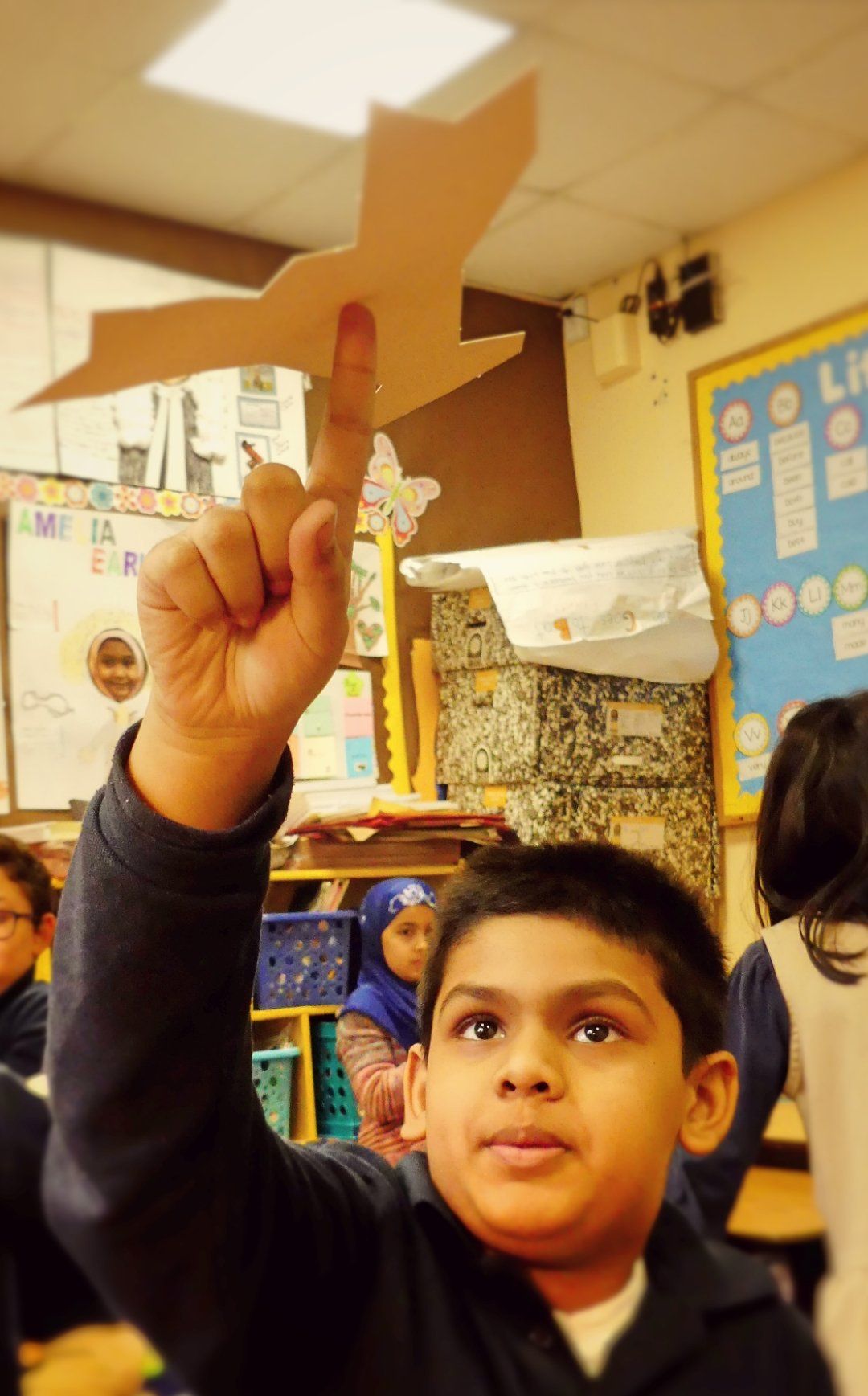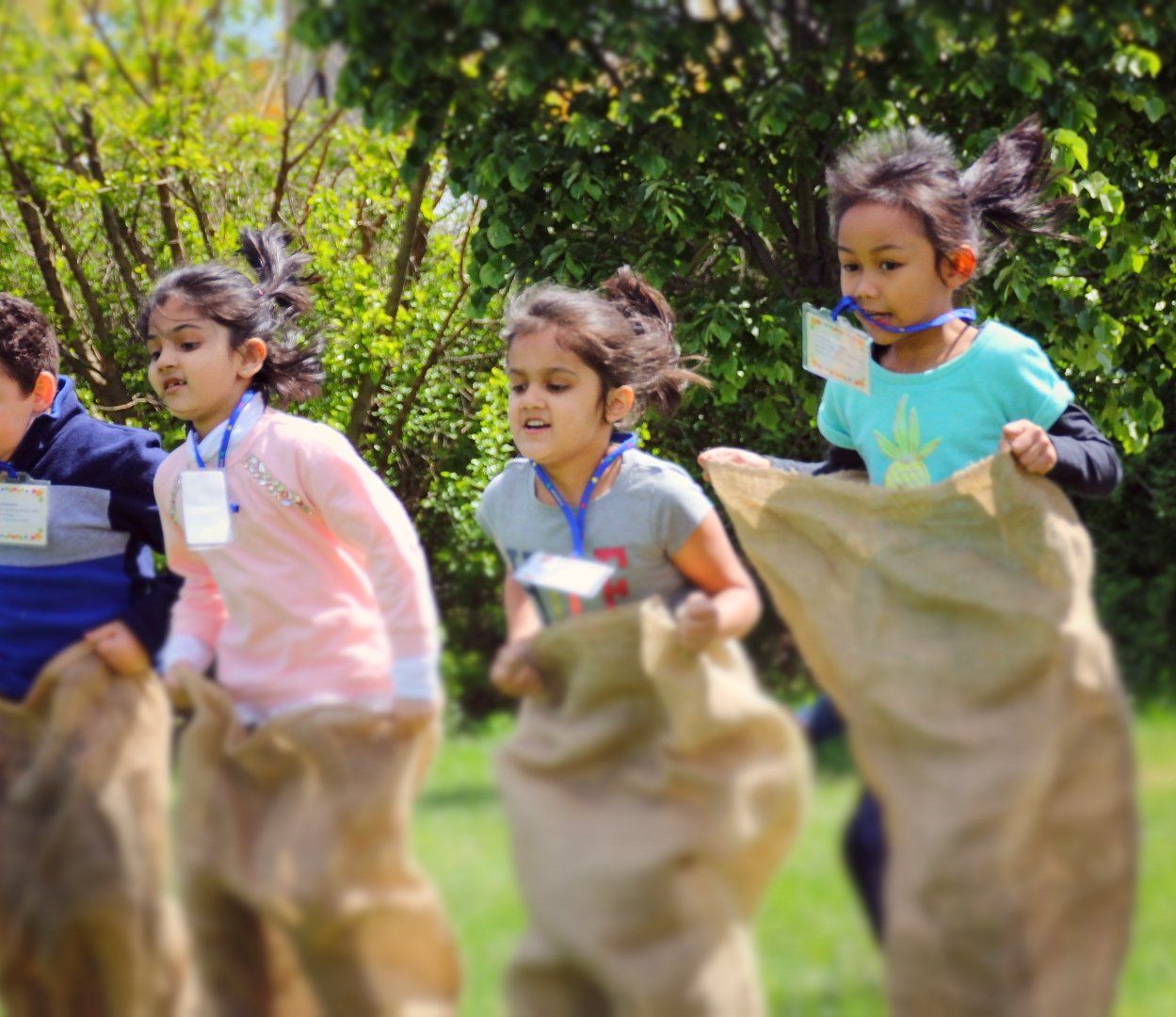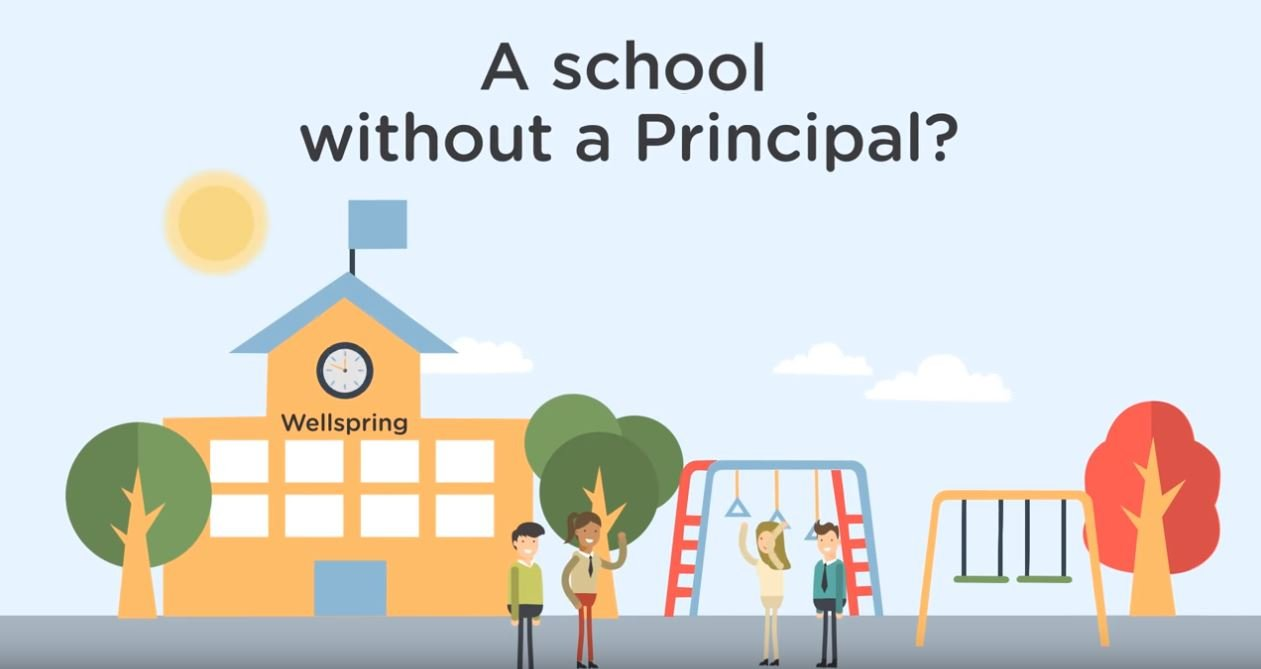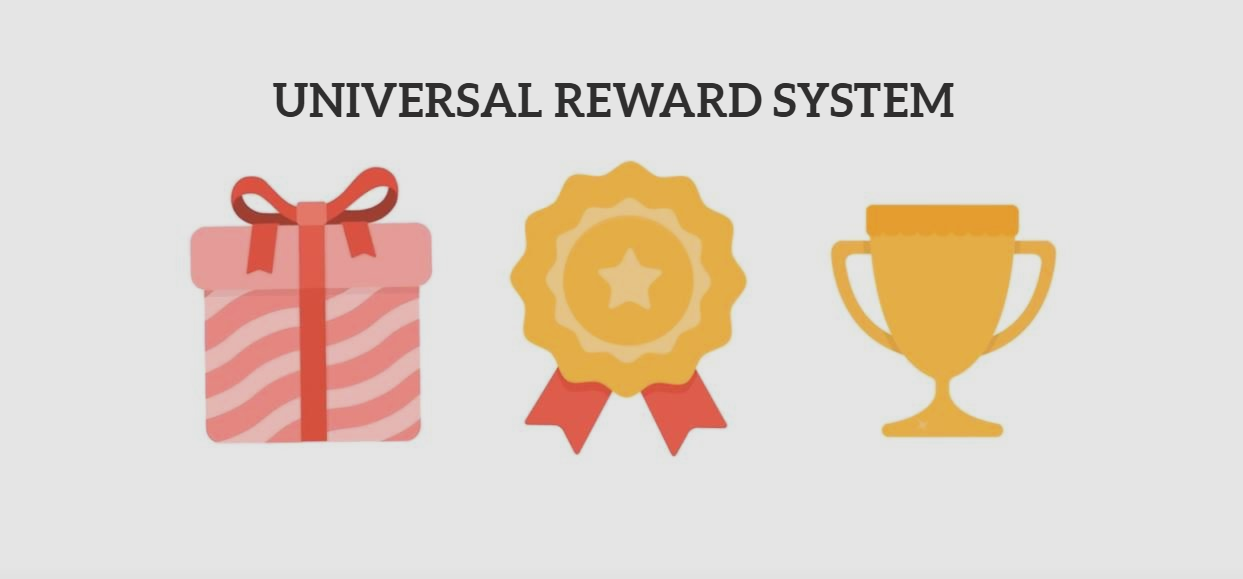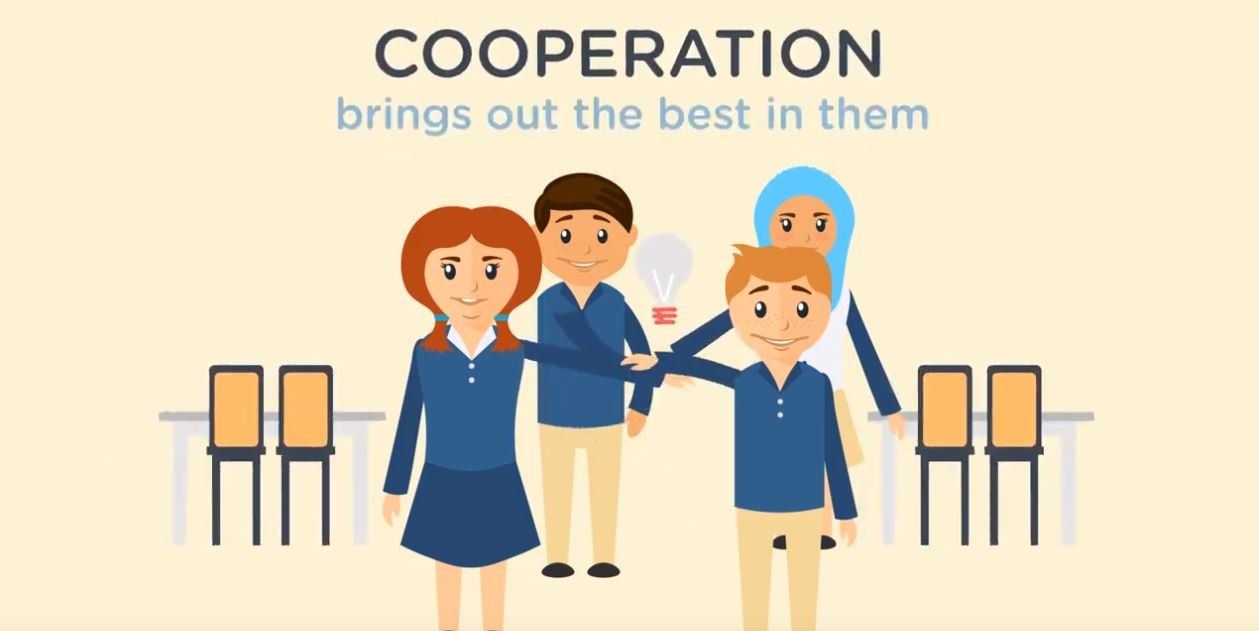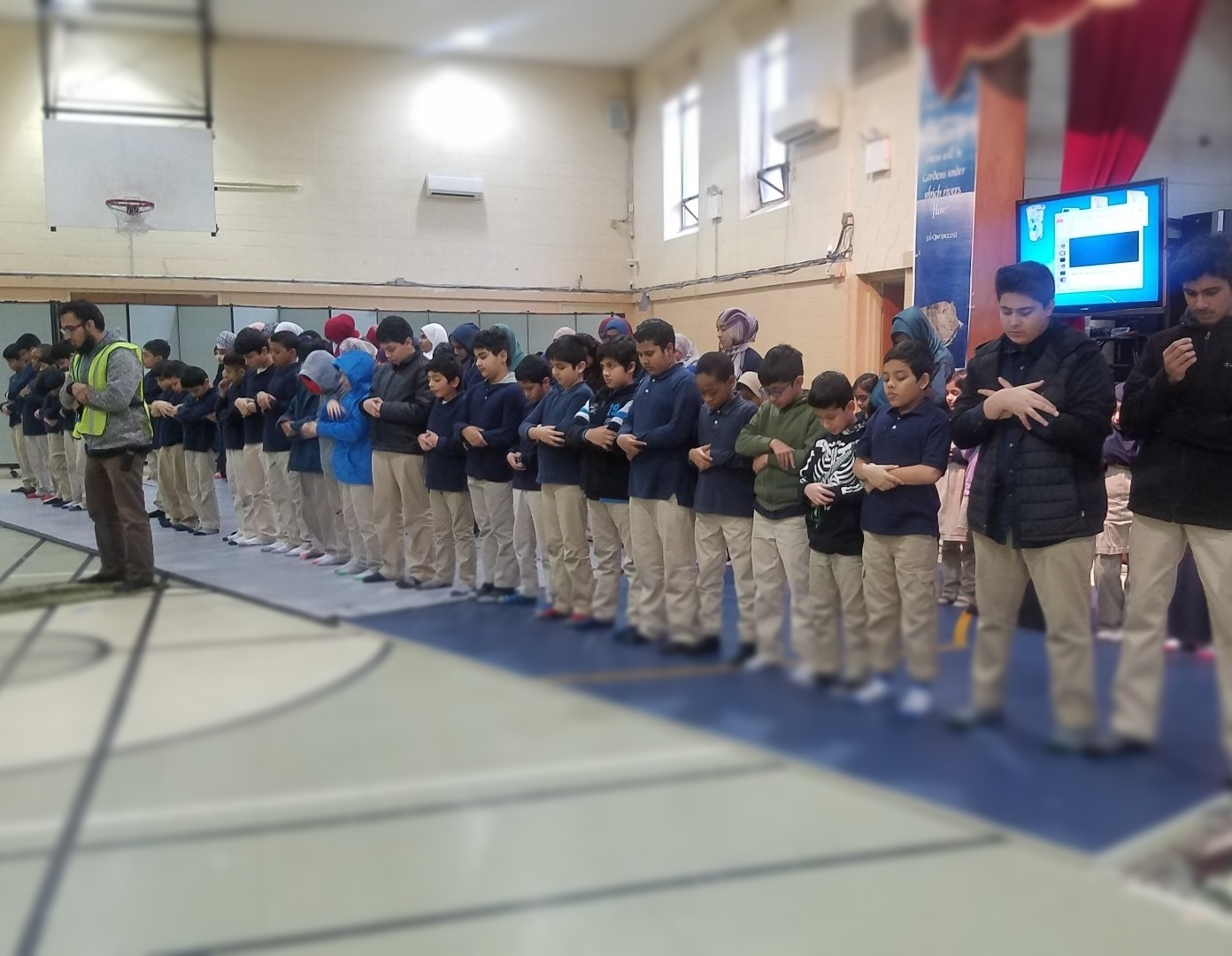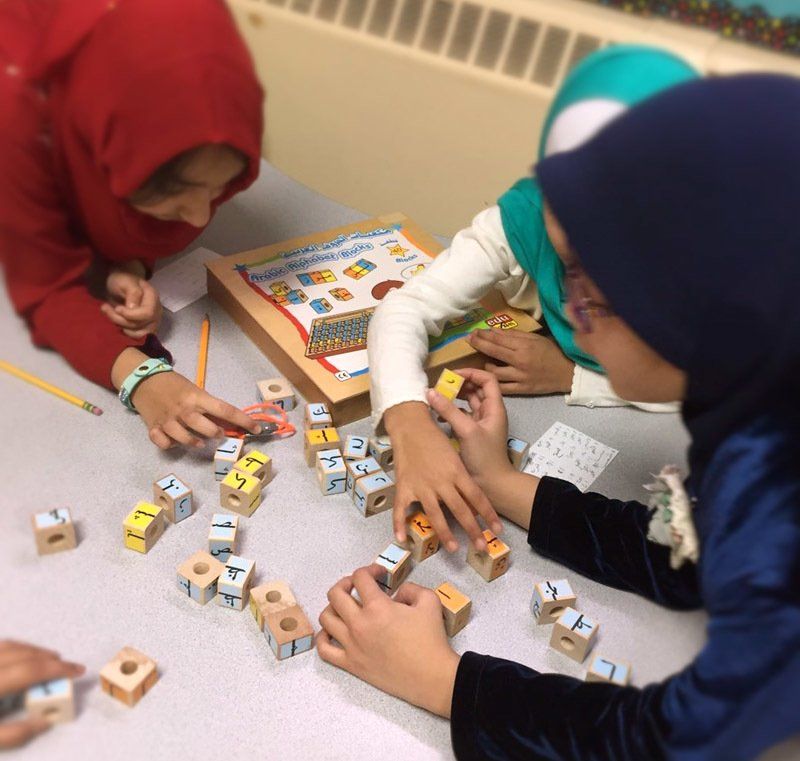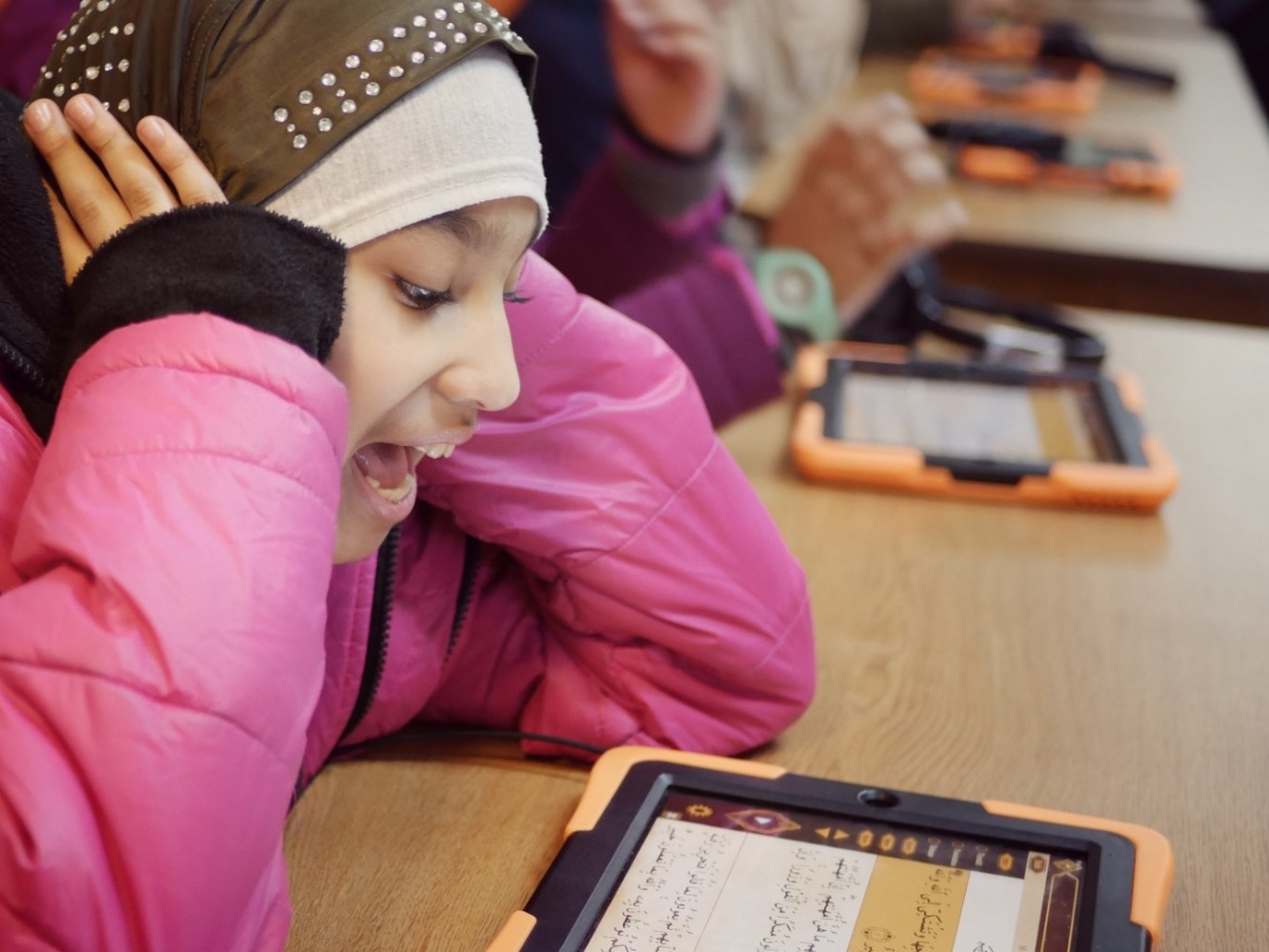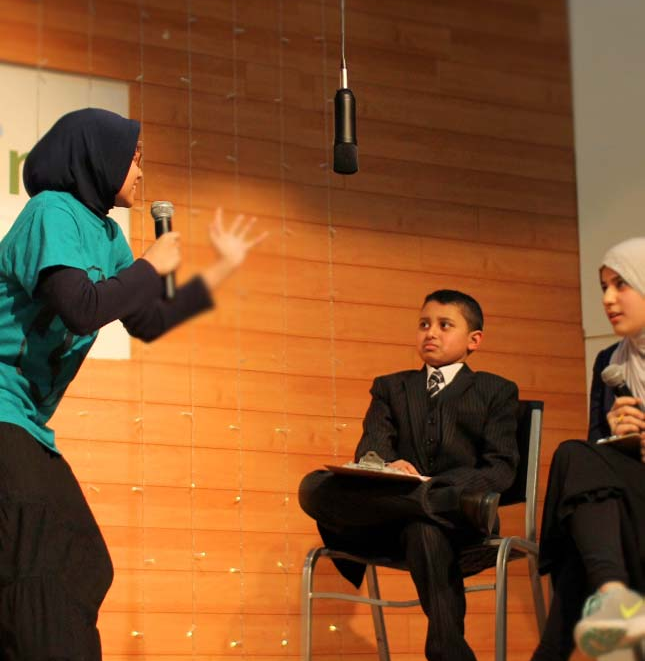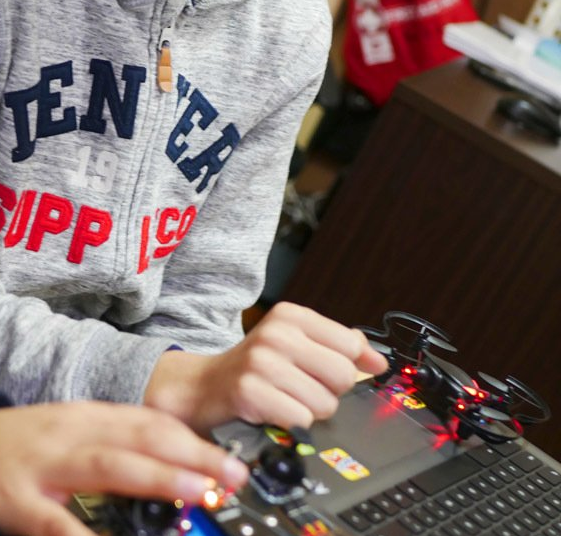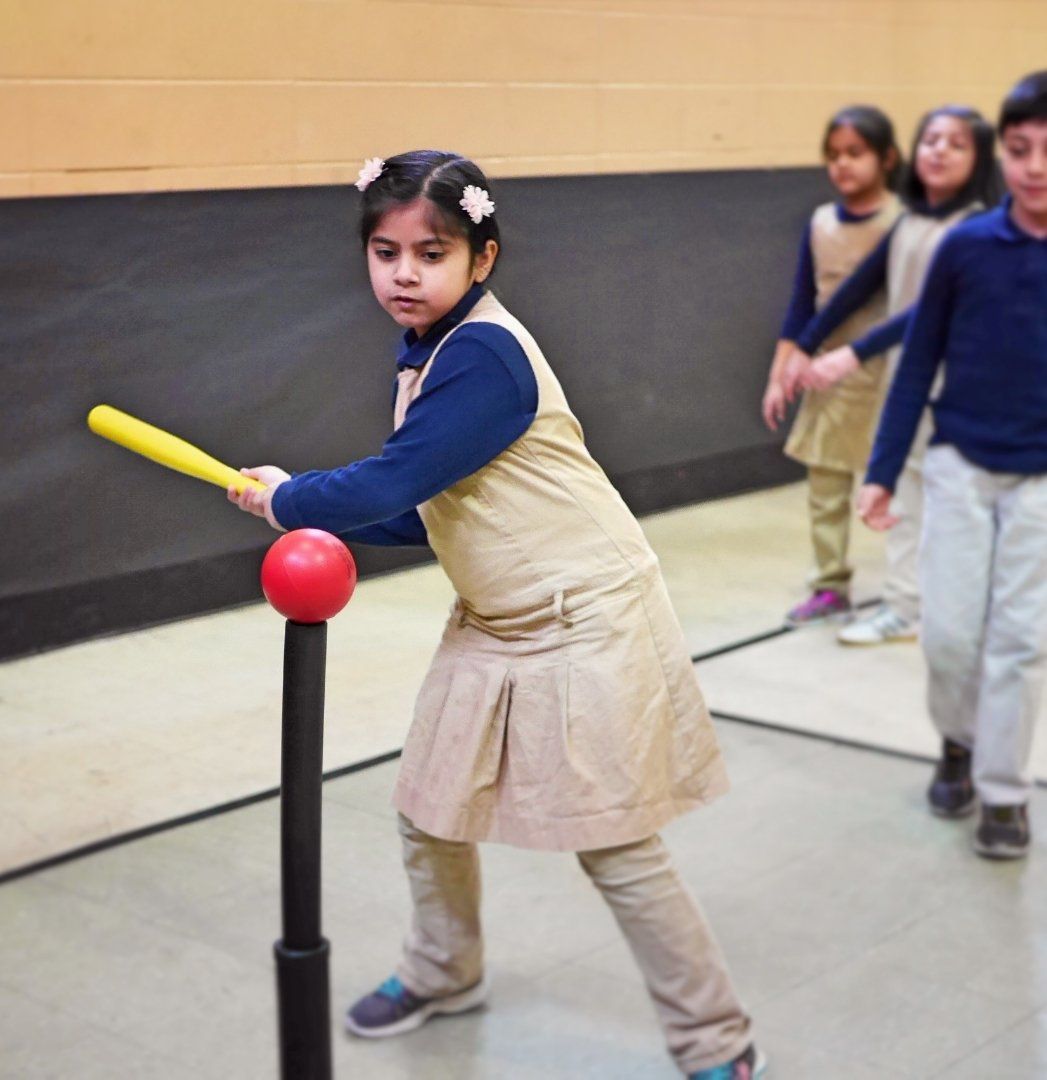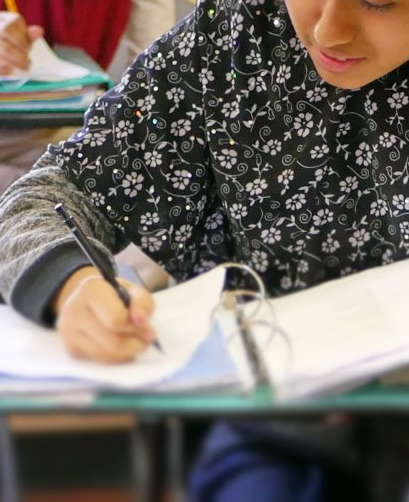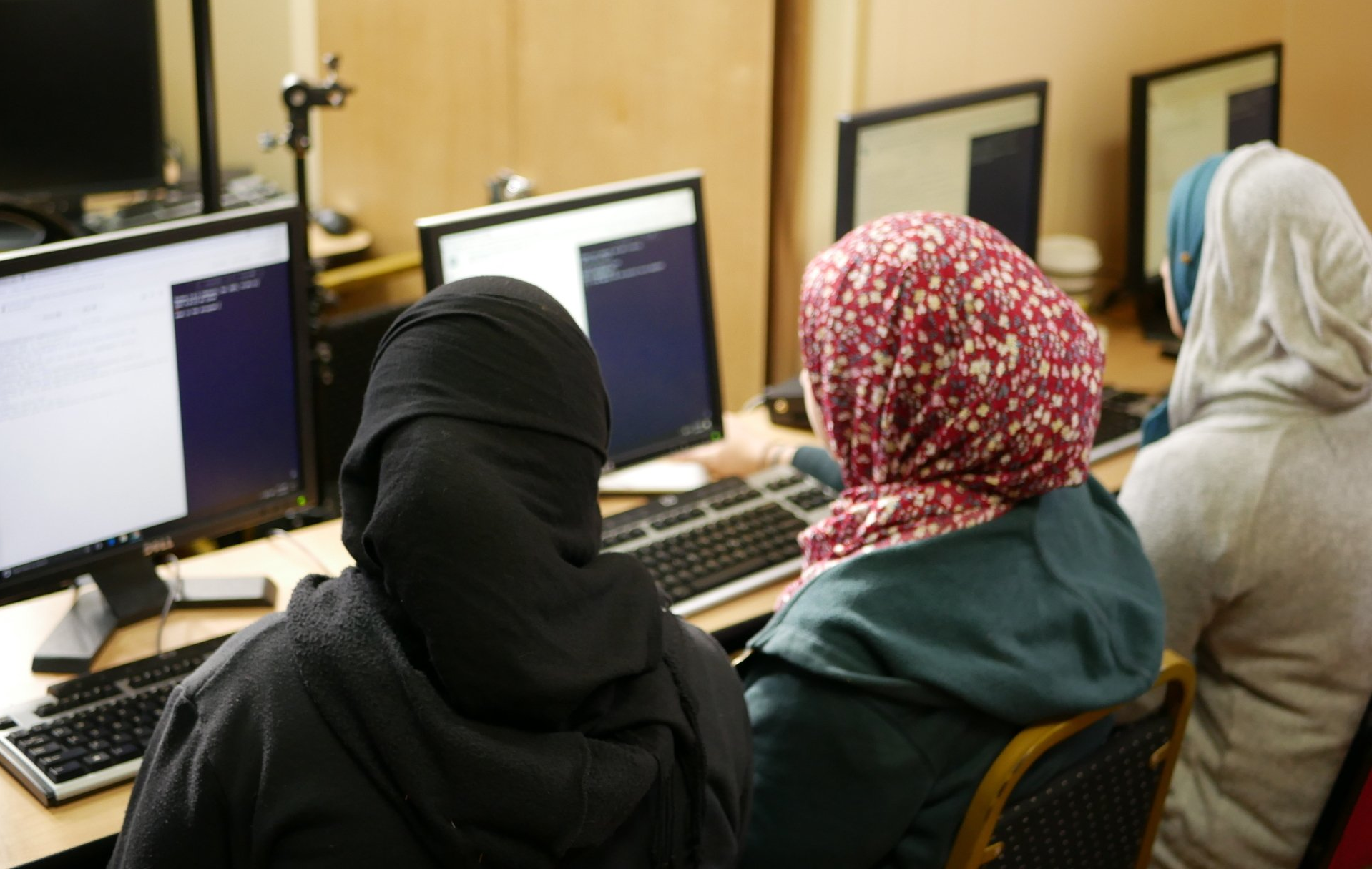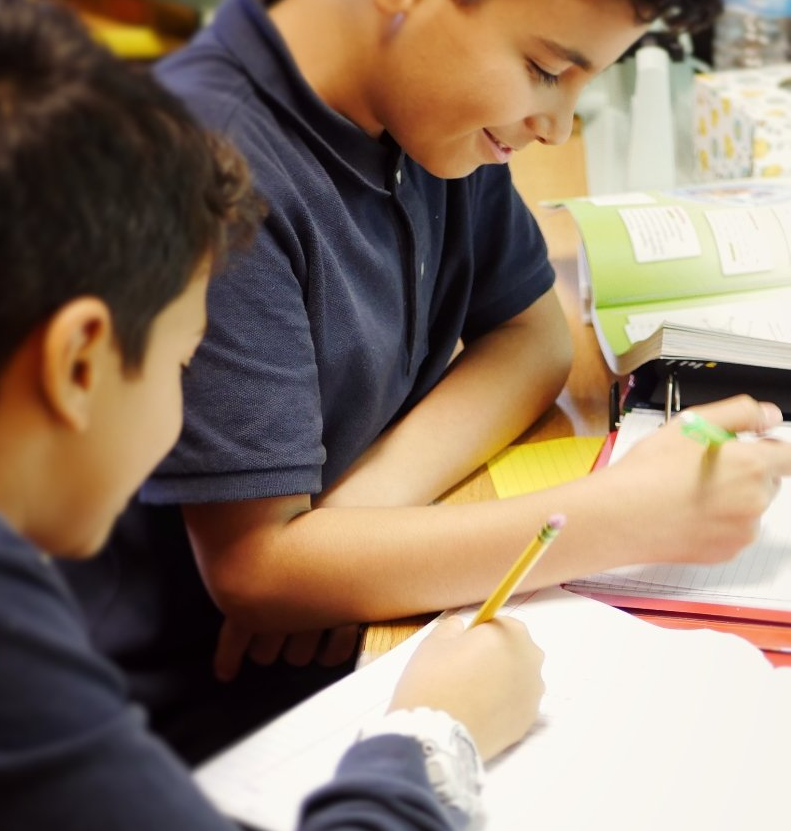Wellspring ModelThe Wellspring Model of Education
Wellspring
Model
The Wellspring
Model of
Education
Enjoin
Creativity
with Critical
Thinking
The Wellspring Model of Education was designed by Shakiel Humayun after spending over a decade in education. It integrates creativity and critical thinking in an enjoyable way for educators and children. The Wellspring Model implements its unique formula of creativity, personalized learning, technology, staff management, and parental involvement to create a different style of education.
Learning
Experience
"On a daily basis, students
are engaged in
differentiated learning
experiences that are
cognitively complex and
will enhance and
internalize their learning."
On a daily basis, students are engaged in differentiated learning experiences that are cognitively complex and will enhance and internalize their learning. Teachers are constantly monitoring and assessing students’ progress toward content mastery through a variety of formative and summative assessment tools such as presentations, performances, quizzes and tests, writing assignments, performance tasks, laboratory write-ups, and other demonstrations. The data and analysis from these assessments are used to further guide and differentiate instruction.
Positive
Learning
Environment
Environment
All members of the learning community (students, staff, parents, and community) are essential to creating and maintaining a positive learning environment for students. The Wellspring Schools is committed to having each student immersed in a positive learning environment by ensuring that:
- The school environment is physically, socially, and emotionally safe for everyone.
- Clear expectations and appropriate consequences are established.
- Expected behaviors are be communicated, taught, and modeled continually throughout the school year.
- Conflicts are handled with respect for the rights of all who are involved.
- Discipline is personalized and designed for what works best for each student.
- There is no shaming (public or private) or belittling children.
- The staff protects the rights of all children.
- Corporal punishment is never used on a child.
- Parents are informed about their child’s academic performance and behavior.
How We
are Different
How We
are
Different
01
Respect and Character
02
Obeying Authority
03
Being Truthful
04
Protecting Your Body
05
Showing Kindness
06
Repelling Evil with Goodness
07
Making Reconciliation
08
Do Not Quarrel
09
Look at Yourself Before You Judge Others
Look at Yourself Before You Judge Others
10
Avoiding Negative Assumptions, Spying and Backbiting
Avoiding Negative Assumptions, Spying and Backbiting
11
Restraining Anger and Forgive
Restraining Anger and Forgive
12
Considering Others’ Feelings
Considering Others’ Feelings
13
Keeping Your Promises
14
Use the Quran and Sunnah to Handle Disagreements
Use the Quran and Sunnah to Handle Disagreements
15
Trust and Reliance Only on Allah
Trust and Reliance Only on Allah
16
Start with a Correct Intention
Start with a Correct Intention
Core
Academics
Mathematics
Mathematics at The Wellspring Schools uses an instructional approach which is designed to:
- Support students in making sense of mathematics and to ensure they are mathematical thinkers
- Emphasize reasoning about mathematical ideas
- Personalize learning to engage the range of learners in understanding mathematics
- Focus on computational fluency
- Provide substantive content with connections in the areas of mathematics
- Deliver hands-on experience
- Provide challenging materials derived from multiple resources
In the elementary grades, students utilize manipulatives as an instructional modality to uncover mathematical concepts as well as deepen their knowledge of mathematics.
____
Science
The best way for students to appreciate the scientific enterprise is to learn important scientific and engineering concepts, develop the ability to think deeply, and to actively participate in scientific practices through their own investigations and analyses. Science at The Wellspring Schools takes an exploratory approach to learning.
Our science curriculum is designed to advance scientific knowledge by having students observe objects and events, think about how they relate to what is known, test their ideas in logical ways, and generate explanations that integrate the new information into an understanding of the natural and designed worlds. Students then apply that understanding to solve real-world problems. Thus, the scientific enterprise is both what we know (content knowledge) and how we come to know it (science practices).
____
Islamic,
Islamic
Arabic, and
Quranic
Sciences
Quran Studies
The Quran is taught daily for all grades. Students are assigned ayahs and surahs to memorize based on the successful memorization and recitation of previously learned surahs. They are frequently assessed orally on the surahs and the ayahs they are assigned. As students demonstrate proficiency, they are assigned new material to memorize. Quranic instruction is differentiated for each student so that students can achieve mastery of surahs at their own pace. Students who do not know how to read Arabic are given additional support for memorization through technology devices such as iPads and Quran readers.
____
Enrichment
Courses
____
Assessments
Students Assessments
Educators, students, and families should be aware of how children are performing academically. Since the inception of schools, teachers have used assessments of various kinds to determine how well students are learning and determine if the instruction has been successful or not. Wellspring recognizes that “assessment” is an ongoing process, which evaluates the on-going needs of students and the school.
Students and parents are informed of current progress and they are provided with feedback, next step options, and extra help opportunities to assist them in mastering content standards. Having this monitoring and support approach is best because having students receive a differentiated and varied approach to their learning will ensure not only academic success but also the achievement of the vision and mission of the school.
Although classroom assessments are given by teachers predominantly affects student's grade, independent assessments that evaluate academic progress provide valuable information on the effectiveness of the academic programs and curricular resources of the school. Our assessments are used for both formative and summative purposes, whereby:
Formative assessments help students and teachers to identify strengths, weaknesses, and ways to improve and enhance learning. It also focuses learning and instruction to standards and key concepts and improves student and school performance.
Summative assessments provide information to judge the extent to which a student has achieved the objectives relevant to the grade level standards in a theme of work over a unit of study, marking period, semester, or year. These are usually assessments provided by the New York State Education Department. They provide information on how well our schools are performing and improving compared to other students and schools across the state as well as evaluate the quality of our programs and provide recommendations for improvement.
____
The Wellspring Schools uses the New York State grades 3-8 English language arts and mathematics assessments as well as the 9-12 regents examinations for end-of-year summative assessments.
